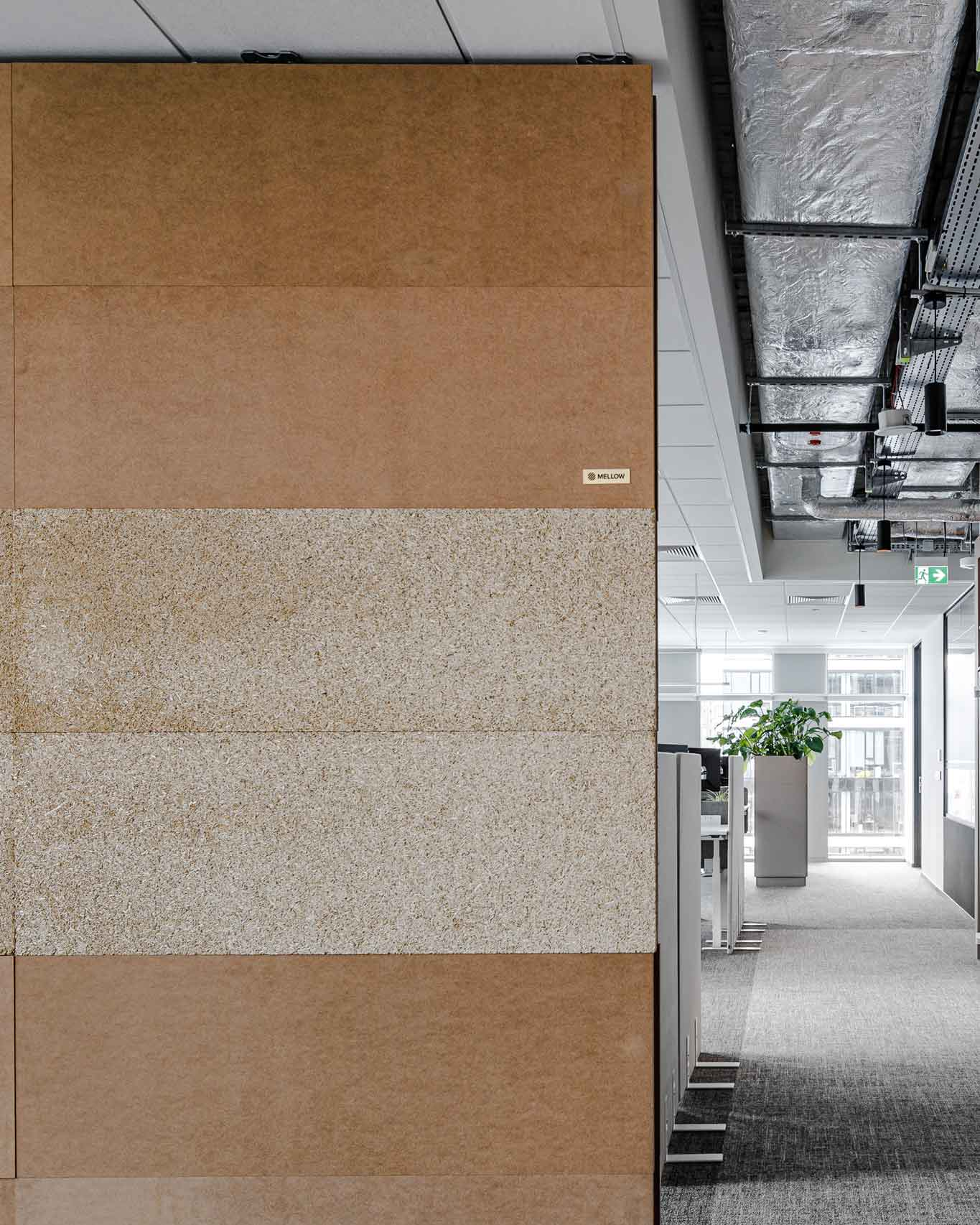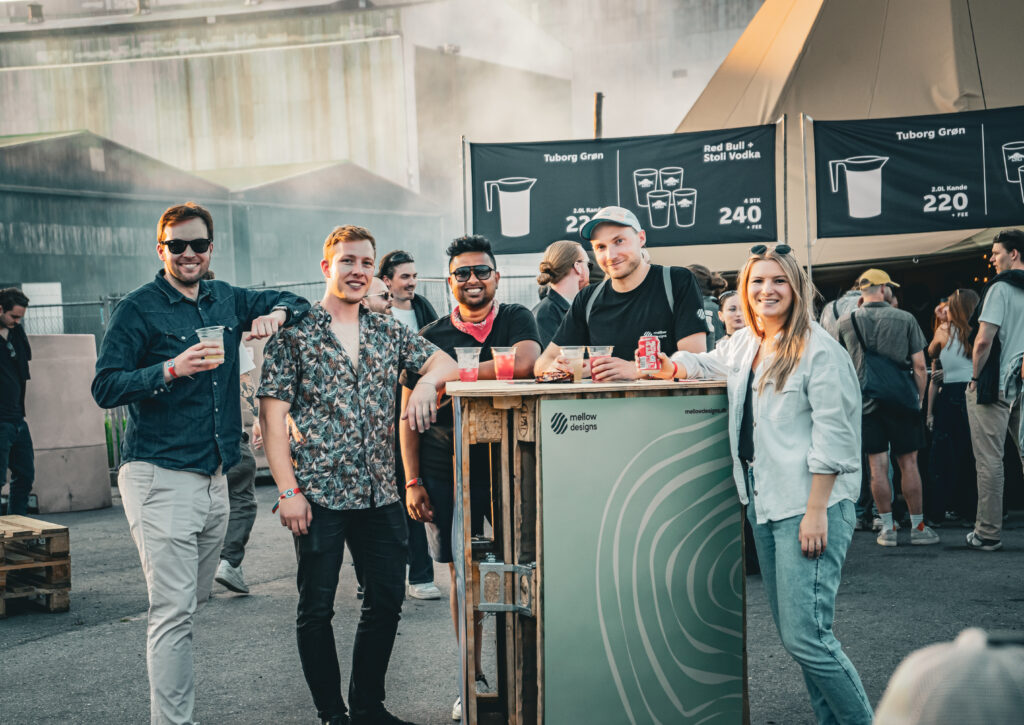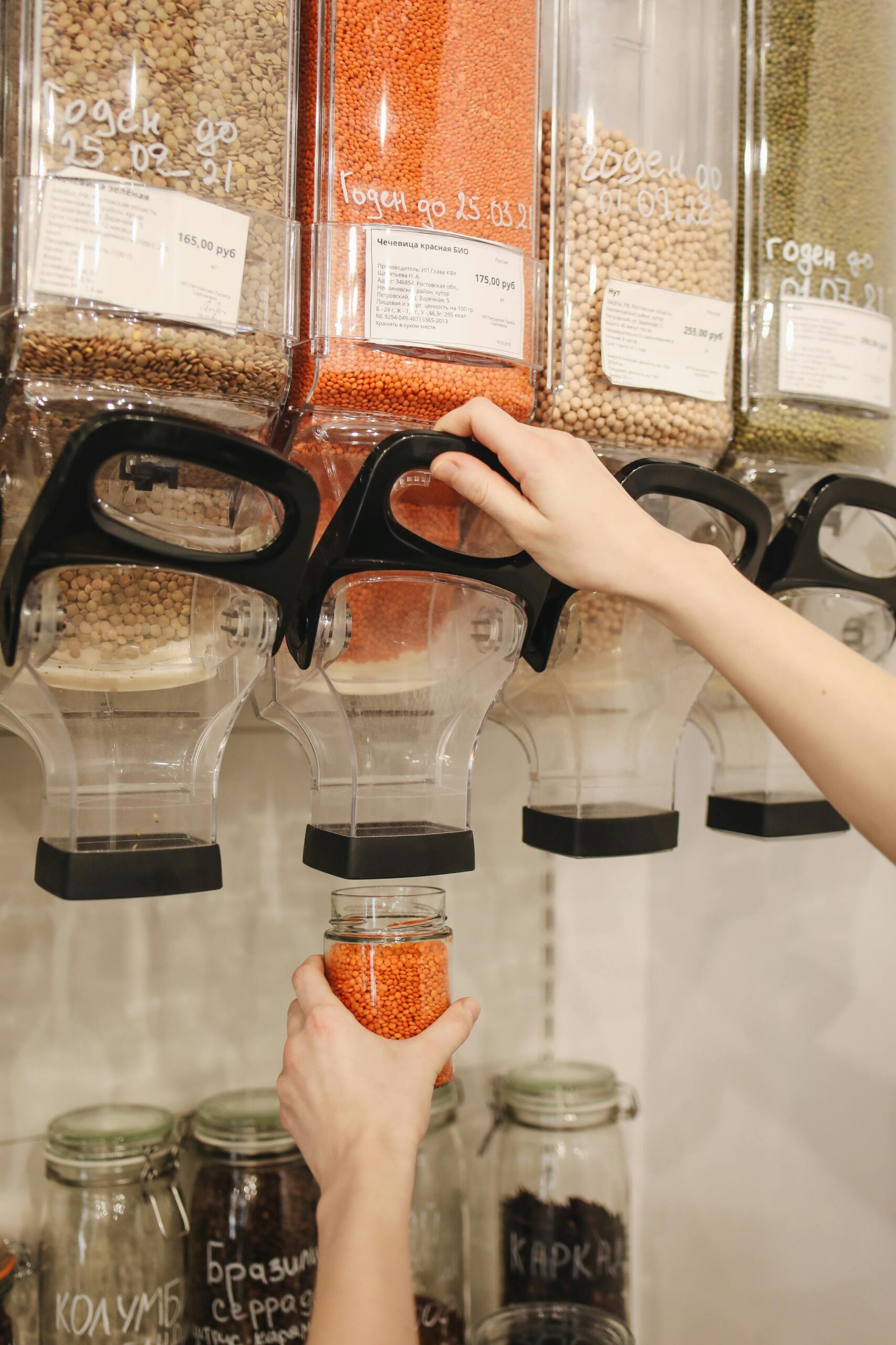
Transforming Trash to Treasure: The Art of Upcycled Furniture
Introduction to Upcycled Furniture
Author: Raluca Andreea Orlanschi
In the captivating world of sustainable design, one phenomenon stands out for its innovative and eco-friendly approach: upcycled furniture. This creative process transforms discarded materials into beautiful, functional pieces, showcasing human ingenuity and environmental consciousness. By turning trash into treasure, upcycled furniture not only reduces waste but also adds unique character and history to each piece.
The Birth of Upcycled Furniture
Historical Roots
The concept of repurposing materials is not new. Throughout history, resourceful individuals have found ways to reuse items out of necessity. During the Great Depression, for example, people crafted furniture from shipping crates and other salvaged materials, blending functionality with creativity. This legacy continues today, driven by a renewed emphasis on sustainability and artistic expression.
Modern Revival
In recent years, upcycled furniture has experienced a renaissance. As awareness of environmental issues grows, designers and consumers alike seek sustainable alternatives to mass-produced goods. Upcycling not only reduces waste but also celebrates the unique character and history of the materials used, resulting in one-of-a-kind pieces that tell a story.
Spotlight on Scandinavian Innovation: Meet Maria Gustavsson
One standout figure in the world of upcycled furniture is Swedish artist Maria Gustavsson. Known for her innovative approach and eye for detail, Maria has transformed the way we look at discarded materials. Her work embodies the perfect blend of Scandinavian minimalism and environmental consciousness.
Maria’s Vision and Philosophy
Maria Gustavsson’s journey into upcycling began in her hometown of Gothenburg, where she was surrounded by the rich industrial heritage of Sweden. Inspired by the beauty she found in old, forgotten objects, Maria set out to create furniture that not only served a purpose but also told a story. Her philosophy is simple yet profound: every piece of material has potential, and it is the artist’s role to unlock it.
Signature Projects
One of Maria’s most iconic projects is her series of upcycled chairs made from reclaimed wood and metal. Each chair, unique in its design, retains elements of its original form, whether it’s a weathered plank or a rusty pipe. Maria meticulously restores these materials, preserving their character while ensuring they meet modern standards of comfort and durability.
In another project, Maria transformed old factory windows into stunning coffee tables. The glass panes, once dull and covered in grime, were cleaned and framed in repurposed steel, creating a striking juxtaposition of industrial grit and elegant design. These tables not only serve as functional pieces but also as conversation starters, drawing attention to the history and craftsmanship behind their creation.
The Creative Process
Conceptualization
The journey from trash to treasure begins with a spark of inspiration. Designers like Maria Gustavsson scour flea markets, junkyards, and even their own homes for materials with potential. An old wooden door, a pile of rusted metal, or a discarded pallet can all serve as the foundation for a new creation. The goal is to see beyond the item’s current state and imagine what it could become.
Craftsmanship
Once the materials are selected, the real magic happens. Each piece undergoes a meticulous transformation process, where skilled artisans cut, shape, sand, and assemble the components. Traditional woodworking techniques are often combined with modern tools and technologies, such as CNC machining, to achieve precision and enhance the material’s inherent beauty. This blend of old and new methods ensures that each item is both sturdy and aesthetically pleasing.
The Role of Sustainability
Sustainability is at the heart of upcycling. By using reclaimed materials, upcycled furniture not only prevents waste from ending up in landfills but also reduces the demand for new raw materials. This practice conserves resources and minimizes the environmental footprint of furniture production. Additionally, the use of non-toxic finishes and eco-friendly adhesives ensures that each piece is safe for both the planet and the home.
Showcasing Transformations
Before-and-After Highlights
To truly appreciate the art of upcycled furniture, one must see the stunning transformations firsthand. Take, for example, an old, weathered barn door. Once destined for disposal, it is now a striking dining table, its rich, textured wood preserved and highlighted. Or consider a collection of mismatched metal pipes, ingeniously reimagined as an industrial-chic shelving unit. Each project is a testament to the potential hidden in discarded items.
Designer Spotlights
Behind every upcycled piece is a designer with a unique vision. The creativity and dedication of artisans like Maria Gustavsson are celebrated through their stories and insights. These designers draw inspiration from various sources, including nature, architecture, and everyday objects, infusing each piece with personality and character. By spotlighting their work, the aim is to inspire others to explore the possibilities of upcycling.
Conclusion: A Movement of Innovation and Sustainability
The narrative of upcycled furniture unfolds as a tapestry of innovation, creativity, and environmental stewardship. From its historical roots to its modern-day resurgence, upcycling transforms waste into something valuable and beautiful. This practice is more than just a trend; it is a commitment to sustainability and a celebration of artistry. By turning trash into treasure, upcycled furniture not only creates unique, functional pieces but also contributes to a more sustainable and conscientious world.
Here at mellow we care deeply about sustainable approaches and working towards introducing more circular solutions. If you’re interested, have a chat with us! Book a call below.
References
- McDonough, William, and Michael Braungart. “Cradle to Cradle: Remaking the Way We Make Things.” North Point Press, 2002.
- Hoad, Richard. “Eco-Friendly Furniture: Upcycling Ideas and Projects.” Green Press, 2018.
- Telford, Tanya. “The Upcycling Bible: Crafting Furniture from Reclaimed Materials.” Artisan Books, 2020.
- MacPherson, John. “The Art of Sustainable Furniture Design.” Eco Design Publishing, 2016.
- Gustavsson, Maria. Maria Gustavsson Design.
subscribe to our newsletter!

Latest ArtiCles


building better with adaptable partition walls

17 Responses
I used to be able to find good advice from your blog articles.
hello!
thank you for your feedback, we’ll be happy to share more content that could be useful for our readers in the future.
ida, mellow designs
Hi, I would like to subscribe for this blog to take newest
updates, thus where can i do it please help out.
hello!
our blog is updated every week, and we have a newsletter you can subscribe to for even more content! you can find where to sign up for the newsletter here on our website. thank you for your comment.
Ida, team mellow designs
Wow, that’s what I was exploring for, what a information! present here at this
web site, thanks admin of this web site.
hello!
we’re glad you enjoy our blog! thank you.
Ida, team mellow designs
If some one wants to be updated with newest technologies then he
must be go to see this site and be up to date daily.
Its like you read my mind! You appear to know so much about this, like you wrote the book in it or something.
I think that you could do with a few pics to drive the message home
a little bit, but other than that, this is magnificent blog.
A great read. I will definitely be back.
hi!
thank you so much for you feedback, we’re grateful for it.
Ida, team mellow designs
Hello There. I found your blog using msn. This is a really well
written article. I will be sure to bookmark it and return to
read more of your useful info. Thanks for the post.
I will certainly comeback.
hello,
we’re happy to hear that you enjoyed our blog, we update it with new content every week!
Ida, team mellow designs
I’ve been surfing online more than three hours today, yet I never found any interesting article like yours.
It is pretty worth enough for me. Personally, if all website owners and bloggers made
good content as you did, the internet will be a lot more useful than ever
before.
hello!
wow that’s such a kind compliment, we truly appreciate it!
we hope you’ll continue to enjoy our blog in the future 🙂
Ida, team mellow designs
Thanks for your marvelous posting! I really enjoyed reading it, you could be a great author.
I will make certain to bookmark your blog and will eventually come back
later in life. I want to encourage you to continue your great work, have a nice morning!
hi!
thank you for your kind words. hope you’ll continue to enjoy our blog, we post new content every week.
Ida, team mellow designs
I will immediately grab your rss feed as I can’t find your email subscription link or e-newsletter service. Do you’ve any? Kindly let me know so that I could subscribe. Thanks.
hello!
when you scroll down further on our website you’ll find a form where you can subscribe to our newsletter! you can also visit our other social medias to see more content. thank you for your question.
Ida, team mellow designs